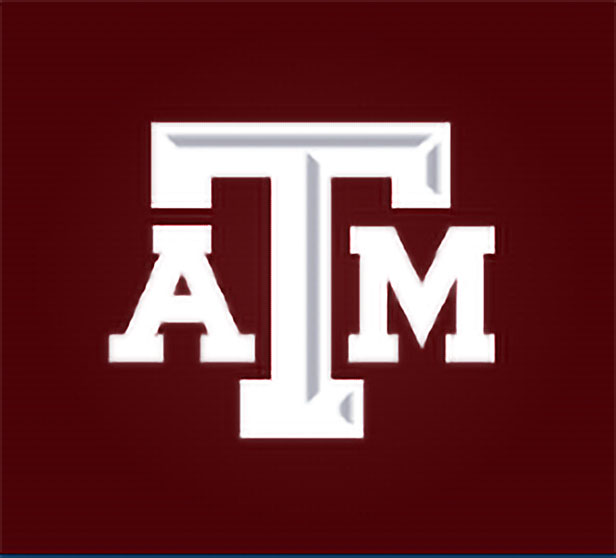Texas A&M University at Galveston announced on February 29 that, effective next fall, it is reducing fees for current and future out-of-state students seeking a merchant mariner license from the Texas A&M Maritime Academy. The Texas A&M University System Board of Regents approved a three-tiered fee structure to offset tuition costs for students from specific states to help meet maritime industry labor demands.
Texas A&M Maritime Academy students earn their U.S. Coast Guard license while completing one of several license-option four-year bachelor’s degree programs at Texas A&M at Galveston. According to one faculty source, about 70 percent of graduates serve on the inland waterways.
Beginning September 1, students from Louisiana, Mississippi, Alabama, Florida, Puerto Rico and Panama will save $300 per credit hour under in-state classification; students from Arkansas, New Mexico, South Carolina, North Carolina, Georgia and Oklahoma will save $150 per credit hour under in-region classification. Students outside these regions will be considered out-of-region and see no impact on cost.
“Texas A&M is at the forefront of the blue economy, graduating true leaders and drivers of the maritime industry each year,” said Gen. (Ret.) Mark A. Welsh III, president of Texas A&M University. “The fee waiver is a common-sense measure that will benefit recruitment efforts from our neighbor states on the Gulf Coast, soon helping to ease the pressure of the labor shortage in the industry. Thank you to the Board of Regents for supporting the Texas A&M Maritime Academy in our mission.”
“Over 90 percent of everything you eat, wear or use is transported across oceans and inland waterways, and this depends on a professional maritime workforce,” said Rear Adm. Michael E. Fossum, vice president of Texas A&M, chief operating officer of the Galveston campus and superintendent of the Texas A&M Maritime Academy. “Yet the maritime industry remains largely invisible to the public. The new fee structure demonstrates that we are listening to our industry partners, and we are acting. Texas A&M is fully committed to helping recruit and develop qualified and skilled maritime professionals to fill these needs.”
The merchant mariner workforce is declining as workers age and retire, and the industry suffers from a lack of awareness and exposure. The U.S. Maritime Administration, responsible for America’s waterborne transportation systems, and the U.S. Coast Guard testified before Congress last year that the country is facing a national security crisis due to the workforce shortage that has only worsened post-COVID.
The Texas A&M Maritime Academy, a federally designated Center of Excellence for Domestic Maritime Workforce Training and Education and the only state maritime academy on the Gulf Coast, is uniquely qualified to grow its programs to fulfill industry needs.
The academy’s training capacity significantly expanded with the receipt of the TS Kennedy in 2023. The anticipated arrival of the new state-of-the-art TS Lone Star State in late 2025 will expand this capacity, bringing “transformative” training resources, university officials say. These facilities serve as living laboratories for hands-on experience in ship navigation, marine engineering systems, maintenance, safety, security and more during an annual semester at sea.




